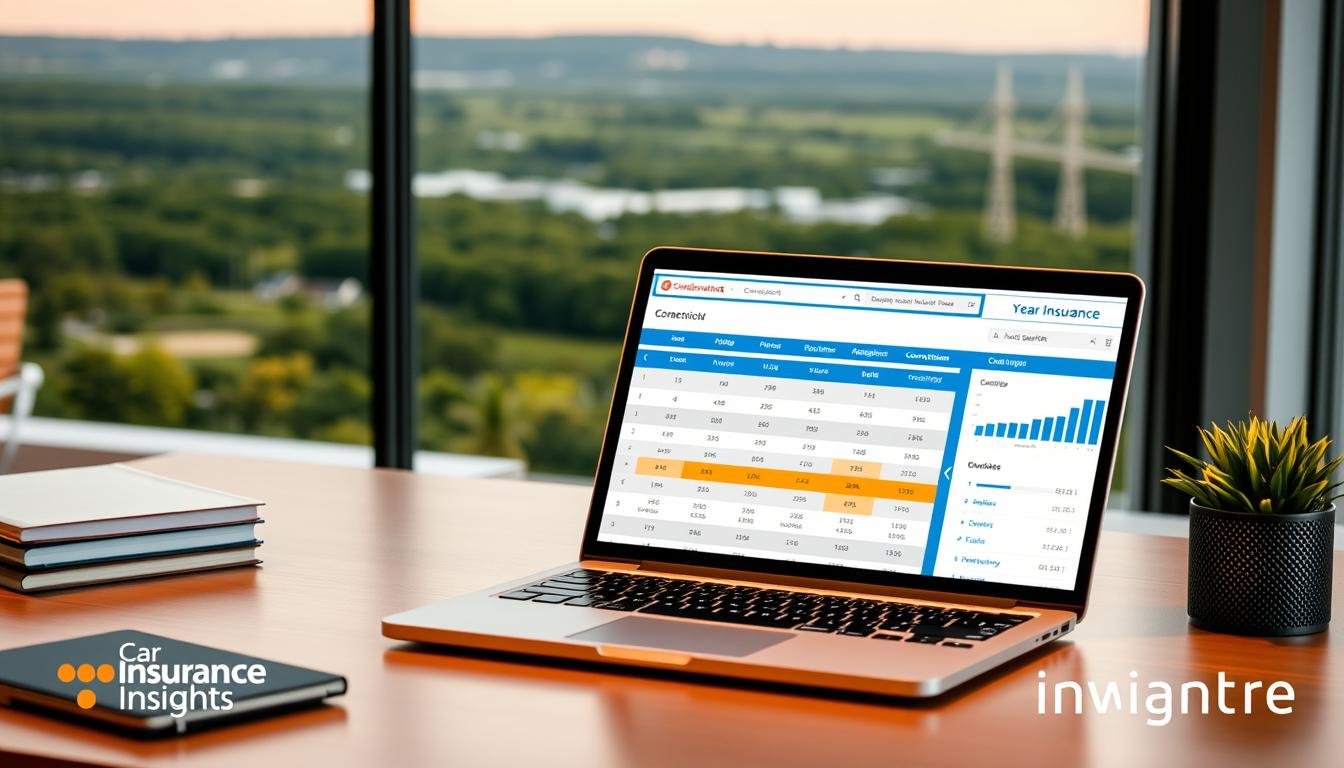In our increasingly litigious society, where lawsuits and substantial financial judgments are commonplace, having comprehensive liability coverage is no longer optional—it’s essential. While standard liability policies like auto, homeowners, and commercial insurance provide solid protection, they may not be enough when faced with high-stakes claims.
In this comprehensive guide, we’ll explore excess liability insurance in depth, from what it covers to its key benefits and how to determine the right coverage for your needs. By the end, you’ll understand why this type of insurance is vital for both individuals and businesses who want to shield their assets from devastating financial loss.
Table of Contents
Key Insights at a Glance:
- Excess liability insurance extends coverage beyond your primary policies.
- It shields your personal and business assets from substantial lawsuits and claims.
- It’s beneficial for both individuals and businesses, ensuring added protection.
- Choosing the right amount of coverage depends on your wealth and risk exposure.
What Exactly Is Excess Liability Insurance?
Excess liability insurance, also known as umbrella insurance, supplements your existing liability coverage. It steps in when the limits of your primary insurance—whether that’s auto, homeowners, or business liability—are exhausted. This extra protection is invaluable in safeguarding against large financial liabilities that can exceed the typical limits of standard policies.
This type of insurance is particularly relevant in cases where claims surpass the coverage amounts of your regular policies. Whether you’re dealing with a serious car accident, a major lawsuit, or a catastrophic business event, excess liability insurance ensures that you aren’t left financially vulnerable.
| Primary Liability Insurance | Excess Liability Insurance |
|---|---|
| Covers base-level claims (up to policy limit) | Kicks in when primary coverage limits are reached |
| Typically covers smaller, more frequent claims | Protects against larger, less common, catastrophic claims |
| Limits usually range between $100,000 to $500,000 | Limits typically start at $1 million and can extend to $10 million or more |
This extra layer of protection is essential in keeping both personal and business assets secure in the face of major financial risk. It’s about preparing for the unexpected and preventing financial disaster.
Why You Need Excess Liability Insurance
Excess liability insurance is a must-have for those who want to protect their assets from serious financial harm. Whether you’re an individual homeowner, a professional with significant personal assets, or a business owner, this type of insurance is an essential tool in your risk management strategy.
Protecting Personal Assets
In a world where even a minor accident can lead to expensive lawsuits, personal excess liability insurance is crucial. Your savings, home, and other valuable assets could be at risk if a claim exceeds your standard insurance coverage.
Covering Large-Scale Incidents
Sometimes, catastrophic events—like major accidents or natural disasters—can result in significant financial losses that go beyond standard policy limits. In these instances, excess liability coverage steps in to help cover medical bills, legal fees, and other damages. This is especially important for businesses that might face massive financial claims from accidents, product recalls, or other large-scale incidents.
| Key Benefit | Explanation |
|---|---|
| Asset Protection | Shields your home, savings, and investments from costly legal claims |
| Coverage for Catastrophic Events | Ensures you’re financially prepared for large, unexpected claims or disasters |
Benefits of Excess Liability Insurance
The advantages of excess liability insurance are numerous, and they offer critical financial protection for both individuals and businesses.
Increased Liability Limits
One of the most significant benefits of excess liability insurance is the ability to raise your coverage limits beyond what standard policies offer. This is especially important for those with substantial assets who need higher protection to avoid losing everything in the event of a lawsuit or major claim.
Broader Protection
Excess liability insurance often covers areas not fully protected by your primary policy, such as personal injury, property damage, and even professional liability in certain situations. Broader scope of protection ensures you’re covered for a wider variety of risks, giving you added peace of mind.
| Benefit | Details |
|---|---|
| Higher Coverage Limits | Allows you to significantly extend the limits of your liability protection |
| Expanded Coverage | Covers areas not typically included in primary policies, such as personal injury or property damage |
| Enhanced Peace of Mind | Knowing you’re better prepared for large claims and lawsuits reduces stress |
Types of Excess Liability Policies
When considering excess liability coverage, it’s important to understand the two primary types of policies: personal and commercial. Each offers specific benefits depending on whether you’re looking to protect your individual assets or your business.
Commercial Excess Liability
This type of coverage provides businesses with additional protection beyond their general, professional, or auto liability policies. It’s essential for industries that face higher risks—such as construction, healthcare, or manufacturing—where large claims can easily surpass standard policy limits.
Personal Excess Liability
Also known as personal umbrella insurance, this policy provides individuals and families with extra coverage that kicks in after the limits of their homeowners or auto insurance. It helps protect personal assets from substantial liability claims and lawsuits.
| Commercial Excess Liability | Personal Excess Liability |
|---|---|
| Extends business liability coverage | Provides supplemental coverage for individuals and families |
| Protects against large-scale lawsuits | Safeguards personal assets like savings and homes |
| Complements general, professional, or auto liability policies | Supplements homeowners and auto policies for added protection |
How Excess Liability Insurance Works
In essence, excess liability insurance acts as an extension of your primary policies. When your main insurance reaches its limit, the excess liability policy kicks in to cover the remaining costs, up to the policy’s limits. This could include legal defense fees, settlements, or damages resulting from lawsuits.
| Primary Liability Limits | Excess Liability Limits |
|---|---|
| $500,000 | $1,000,000 |
| $1,000,000 | $2,000,000 |
| $2,000,000 | $5,000,000 |
This structure offers a significant safety net for anyone worried about facing large financial liabilities. The key to maximizing this protection is understanding how much coverage you need based on your personal or business circumstances.
Determining the Right Coverage
Choosing the right amount of excess liability coverage requires evaluating your risks and financial situation. Both personal assets and your exposure to liability should be considered when determining how much coverage is enough.
Assessing Risk Factors
If you have a high-risk profession, extensive assets, or engage in activities that increase your liability exposure, you’ll likely need higher coverage limits. Occupations such as healthcare, law, or business ownership often come with greater risk, making excess liability coverage especially important.
Consider Your Net Worth
Your coverage should also reflect the value of your assets. If you own valuable property, have substantial savings, or invest in high-worth assets, it’s crucial to ensure that your excess liability insurance provides enough protection to cover the full extent of your wealth.
| Risk Factor | Impact on Coverage Amount |
|---|---|
| Occupation | Higher-risk professions may require more coverage |
| Personal Assets | The greater your assets, the more coverage you may need |
| Lifestyle and Activities | High-risk hobbies or activities may increase your need for coverage |
| Net Worth | Your policy should cover the total value of your assets |
By carefully assessing these factors, you can choose a coverage amount that effectively protects your financial well-being.
Excess Liability Coverage for Businesses
For businesses, excess liability insurance is critical to managing risk and ensuring long-term viability. Businesses in industries such as construction, healthcare, or transportation often face higher liability exposure due to the nature of their operations. Excess liability insurance offers a layer of protection that can be the difference between weathering a financial storm or going out of business.
Why Businesses Need It
Businesses often face larger liability claims than individuals. Whether it’s a product recall, an injury on the premises, or an employee lawsuit, the financial stakes can be enormous. Excess liability insurance helps businesses manage these risks by providing additional coverage that protects their assets and ensures continuity in the face of legal challenges.
What Is Excess Liability Insurance Coverage?
Excess liability insurance provides additional protection beyond the limits of your primary liability policies. It kicks in when your basic coverage is exhausted, offering extra financial security in high-cost claims. This type of coverage is essential for individuals or businesses exposed to significant risk and can help protect assets in case of lawsuits or major incidents.
Difference Between Excess Liability and Umbrella Insurance
While both excess liability and umbrella insurance offer extra coverage, they are not the same. Excess liability strictly extends the limits of underlying policies, without adding new types of coverage. Umbrella insurance, however, may cover broader scenarios not included in the base policy. Understanding this difference helps in choosing the right type of additional liability protection.
Who Needs Excess Liability Insurance?
Excess liability insurance is highly recommended for business owners, landlords, or anyone with significant assets. It acts as a safety net when lawsuits or claims exceed standard coverage limits. If you’re exposed to public liability or operate in a high-risk industry, this extra layer of protection can prevent severe financial losses and long-term damage.
How to Choose the Right Excess Liability Coverage
Choosing the right excess liability insurance involves evaluating your current liability limits and identifying potential risks. Consider the value of your assets, industry exposure, and existing policies. Work with a knowledgeable insurance advisor to ensure your excess policy integrates seamlessly with your primary coverage and provides the right amount of protection for your specific needs.
Conclusion: Protect Your Assets with Excess Liability Insurance
In a world full of financial uncertainties, excess liability insurance offers essential protection for both individuals and businesses. From shielding personal assets to protecting corporate operations, this added layer of insurance can provide peace of mind in the face of unpredictable risks. By understanding how it works and choosing the right amount of coverage, you can safeguard your financial future against even the most severe liability claims.







